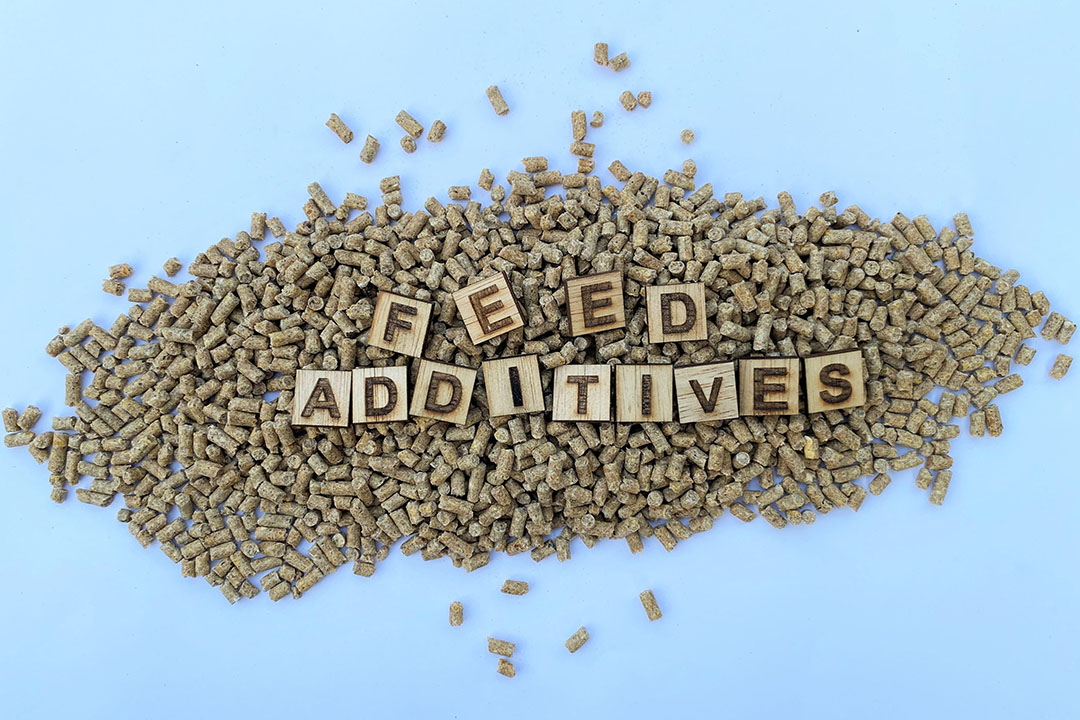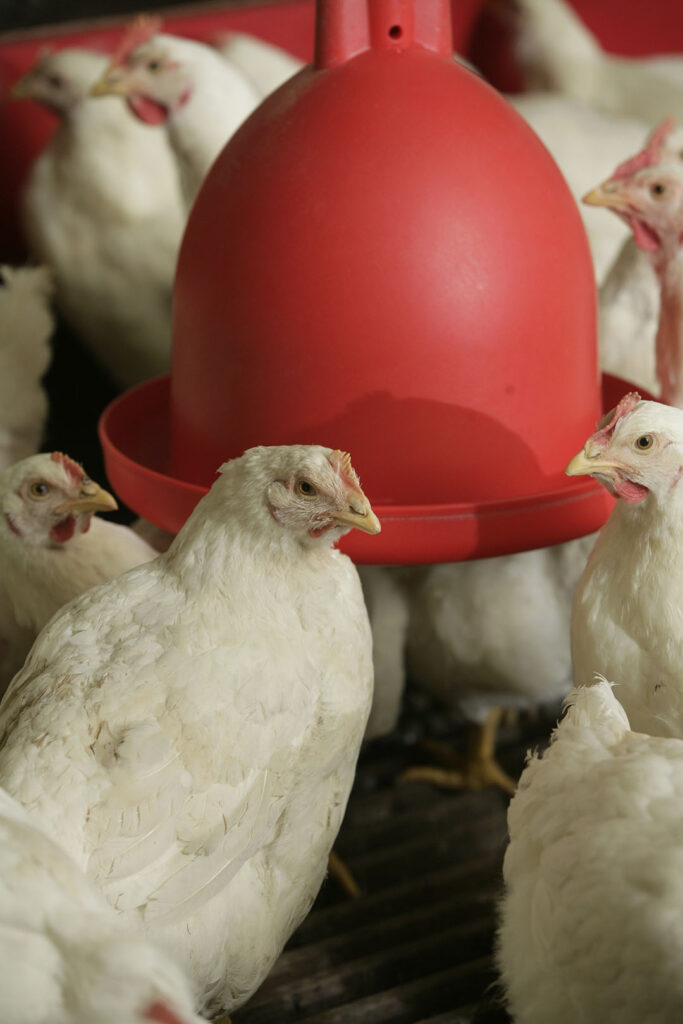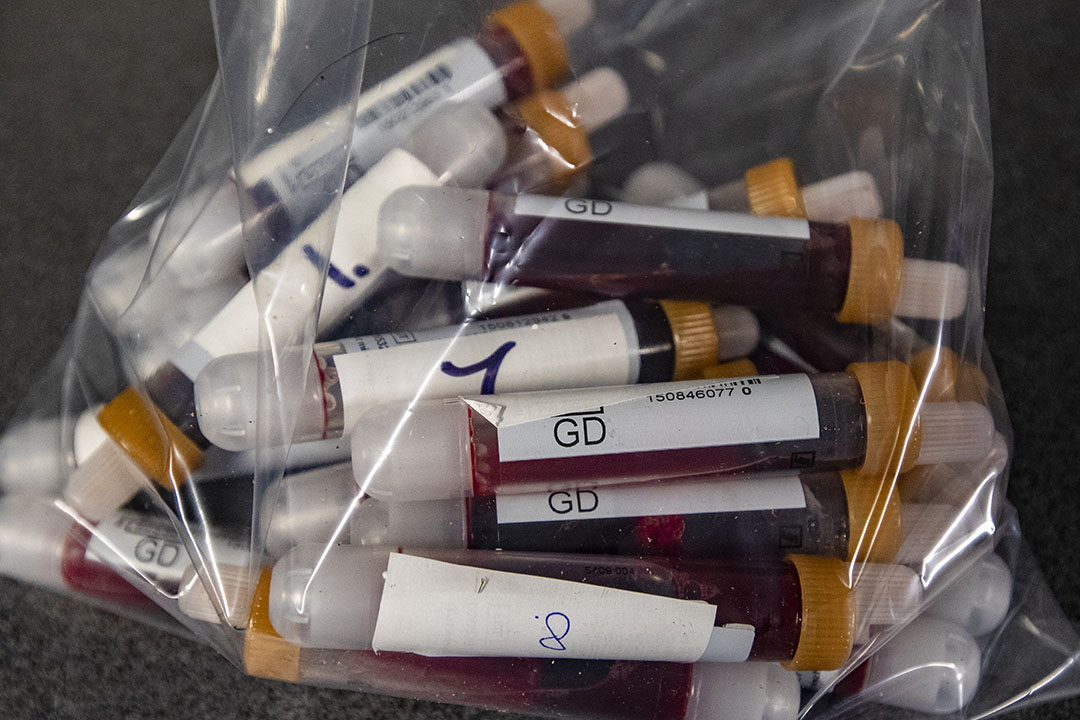Seeing into the ‘black box’ of feed additives

How groundbreaking work in Greece led by Prof. Kostas Mountzouris is going to make feed additive evaluation much faster.
It’s well known in livestock production that an animal’s immune system function – specifically the extent of inflammatory response in the gut and elsewhere – affects its health and performance. That’s why interest in how feed ingredients and additives can support a reduction in inflammation continues to grow.
You feed them [feed additives] to an animal, and you don’t fully know how they function at the digestive, metabolic and systemic level…
Critical information missing
“Feed additives are sort of a black box,” explains Dr Kostas Mountzouris, professor of animal nutritional biotechnology, director of nutritional physiology and feeding laboratory and former head of the department of animal sciences at Agricultural University of Athens in Greece.
“You feed them to an animal, and you don’t fully know how they function at the digestive, metabolic and systemic level within the animal and if their effects are being influenced by other intrinsic (e.g., gut microbiota) and extrinsic (dietary, husbandry and environmental) factors. We mostly rely on performance measurements to depict which additives seem to have some benefit. However, we still miss critical information to make more informed decisions on which ones are worth including in the diet and at what level.”

More hard data needed
Dr Mountzouris explains that within the context of the overall diets used, “we need more hard data on the difference that bioactive additives and their combinations actually make on a series of reliable physiological biomarkers that are relevant for the animal’s homeostasis and capacity to adapt to stressors and resist disease. And then you can actually achieve better animal health and welfare, better animal performance, reduced emissions and so on.”
Creating diagnostic tools

To do this, first we need to thoroughly understand which biomarkers offer reliable and accurate information about the animal’s oxidative and inflammatory status, information that could then be modelled to create diagnostic tools.
These tools could then offer opportunities for monitoring animal resilience and health with mild severity (e.g., blood sampling) and even non-invasive procedures such as examining saliva and faeces.
Dr Mountzouris is working hard with colleagues to achieve this.
In November 2021, at the Symposium on Gut Health in Production of Food Animals 2022 in St Louis, USA, Dr Mountzouris and colleagues presented their work on how metabolic pathways related to antioxidant response, inflammation and more in the broiler intestine are affected by mycotoxins. In July 2022 at the annual conference of the US Poultry Science Association Meetings in Texas, Dr Mountzouris and colleagues presented their latest findings on how phytogenics affect gut and ovarian cytoprotective response, performance and egg quality in laying hens.
A quick review of inflammation measurement
As discussed in an All About Feed ‘Hot Talks’ interview in 2021, Dr Mountzouris notes that measuring how much inflammation (oxidative stress) is going on inside an animal’s body is not straightforward.
Measurement of growth, feed intake or feed conversion can provide some insight, but much more is required for the reliable evaluation of feed additives that could enhance cytoprotection (cell protection) and reduce inflammation.
Dr Mountzouris explains that a healthy animal gut exists in a state of continuous mild inflammation. The intestinal cells counteract challenges from constant dietary and environmental stressors (such as xenobiotics, pathogens and excess heat in the barn) by producing reactive oxygen species (ROS) and other inflammatory molecules.
At the same time, cells (in the gut and elsewhere in the body) produce antioxidants to alleviate the effect of these molecules. However, if the capacity of the cell to produce detoxification and antioxidant components (enzymes) does not keep up for a period of time, oxidative stress results.
“In the gut,” Dr Mountzouris explains, “oxidative stress negatively impacts the tight-junction proteins that reinforce the intestinal barrier, opening the way for increased paracellular permeability and microbial translocation. This can lead to severe local and systemic inflammation.”
Indeed, oxidative stress results in cellular protein oxidation and lipid peroxidation, DNA damage and over-activation of a cellular transcription factor called NF-κB, which regulates cellular immune responses to infection and higher-order oxidative stress in all parts of the body.
Carefully-selected bioactive feed additives could provide ways to counter oxidative stress and inflammation…
Counteracting oxidative stress at the gut level
Various bioactive compounds – provided alone, in combination and at various levels – have been found to help cells counteract oxidative stress. These antioxidants, taken by humans and also fed to some livestock around the world, include vitamins, phytochemicals, trace minerals, carotenoids and cofactors such as folic acid.
“Carefully-selected bioactive feed additives could provide ways to counter oxidative stress and inflammation, and more studies of their effects on the activation and magnitude of the animal’s adaptive capacity to counteract stressors are clearly required, especially as we seek to cut out or minimise antibiotic use in animal production worldwide,” says Dr Mountzouris.
“But to be able to determine which additive is having an effect and how much, or which combination of additives has an effect, we need very precise methods of measuring differences in the level of oxidative stress in the animal body that may be occurring.”
As Dr Mountzouris explains, “I have the honour of collaborating in multiple projects with the highly R&D-driven feed additives industry and through the growing research effort in our department and lab with the participation of our graduate, postgraduate, PhD students and colleagues. We aim to link critical cytoprotection responses to performance. It’s a very challenging R&D topic that could enable the creation of a non-invasive method to determine the oxidative/inflammatory status of farm animals. We are currently pursuing this by extensive nutrigenomic studies looking at the expression of critical genes in the gut and other tissues to enable us to identify the most reliable biomarkers for making relevant sensors. Ultimately, the mapping of animal responses under a range of physiological and challenge stressor events will allow for the selection and promotion of the best sets of suitable biomarkers per animal species.”
In this endeavour, blood analytics are very promising.

Blood analytics
With blood sample analysis, “the idea is that we will no longer need to euthanize the animal in order to analyse suitable tissues to assess its anti-inflammatory performance,” explains Dr Mountzouris.
“We are working on the analysis so that we can take blood samples from the animal throughout a feed additive trial and analyse them in such a way that we have ongoing snapshots of the biomarkers and their correlation with the function of target tissues (liver, lungs, gut, ovaries, etc.) and the animal’s capacity to resist oxidative stress.”
With suitable performance mapping, the team will then be able to predict performance responses.
Dr Mountzouris notes that these types of animal health status prediction tools are clearly required at the farm level.
To move forward, while he notes that “we have a significant amount of data already, I am calling for other partners to collaborate and organise analysis of more samples. We need more collaboration.”
Details of the pathways
Specifically, Dr Mountzouris and his colleagues are studying the activation of 2 cell signalling pathways related to antioxidant defence (pathways which can be influenced by feed additives and other factors).
These pathways function as switches that turn on/off cellular protection mechanisms against oxidative stress and inflammation.
The first switch, called ‘AhR,’ mobilises a pathway responsible for the detoxification of xenobiotic compounds such as dioxins, mycotoxins, harmful phytochemicals and bacterial pathogens.
The second, the ‘Nrf2 switch,’ is the master regulator of cell defence against oxidation and inflammation. It triggers the gene transcription of a battery of powerful antioxidant, detoxifying and anti-inflammatory enzymes that combat oxidative stress and inflammation.
Dr Mountzouris adds that there are also certain groups of genes that could provide useful information on gut status and correlate with performance responses.
“For example,” he says, “genes encoding for Phase I enzymes as well as several Phase II enzymes (such as NAD(P)H Quinone Dehydrogenase 1, Catalase, superoxide dismutase, Heme oxygenase 1 and Glutathione peroxidase) confer detoxifying, antioxidant and anti-inflammatory protection to the animal. They can prevent chronic oxidative stress, increase toxin metabolism and preserve cellular homeostasis.”











